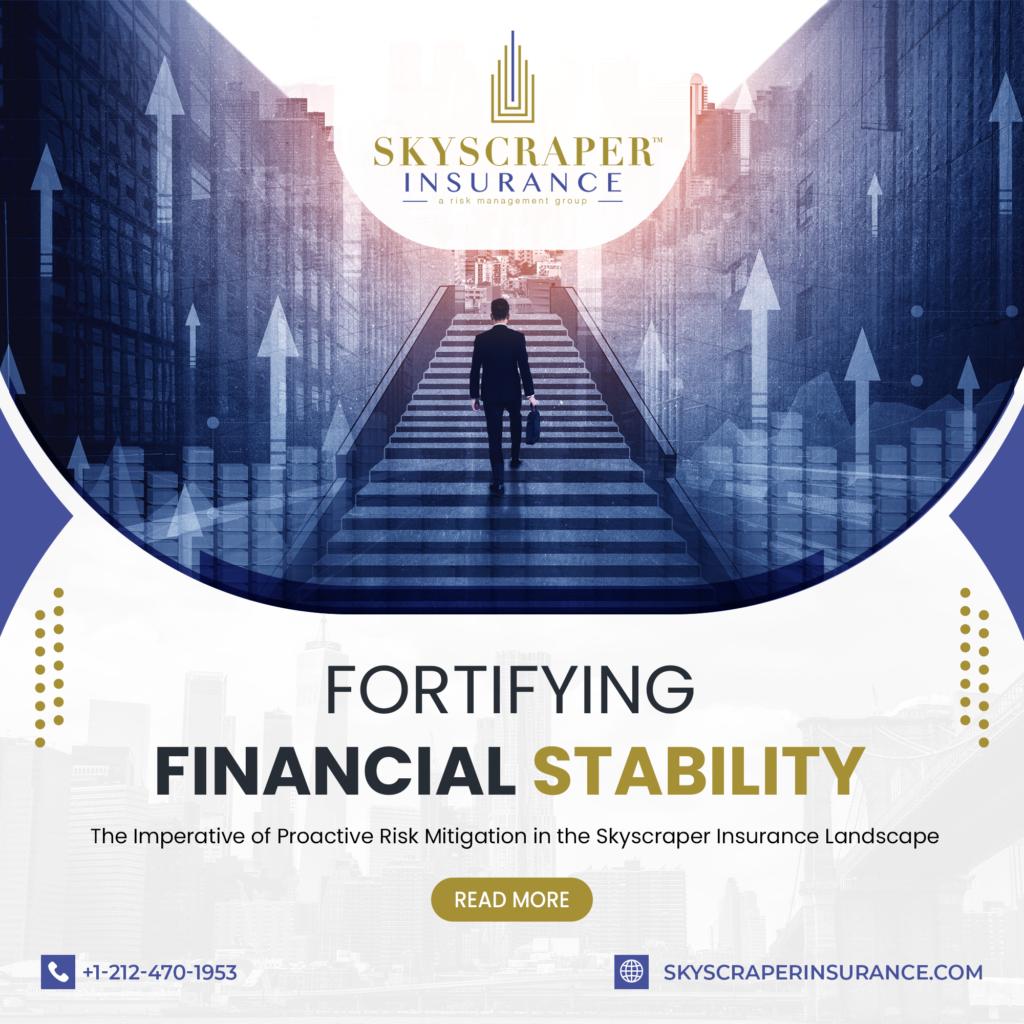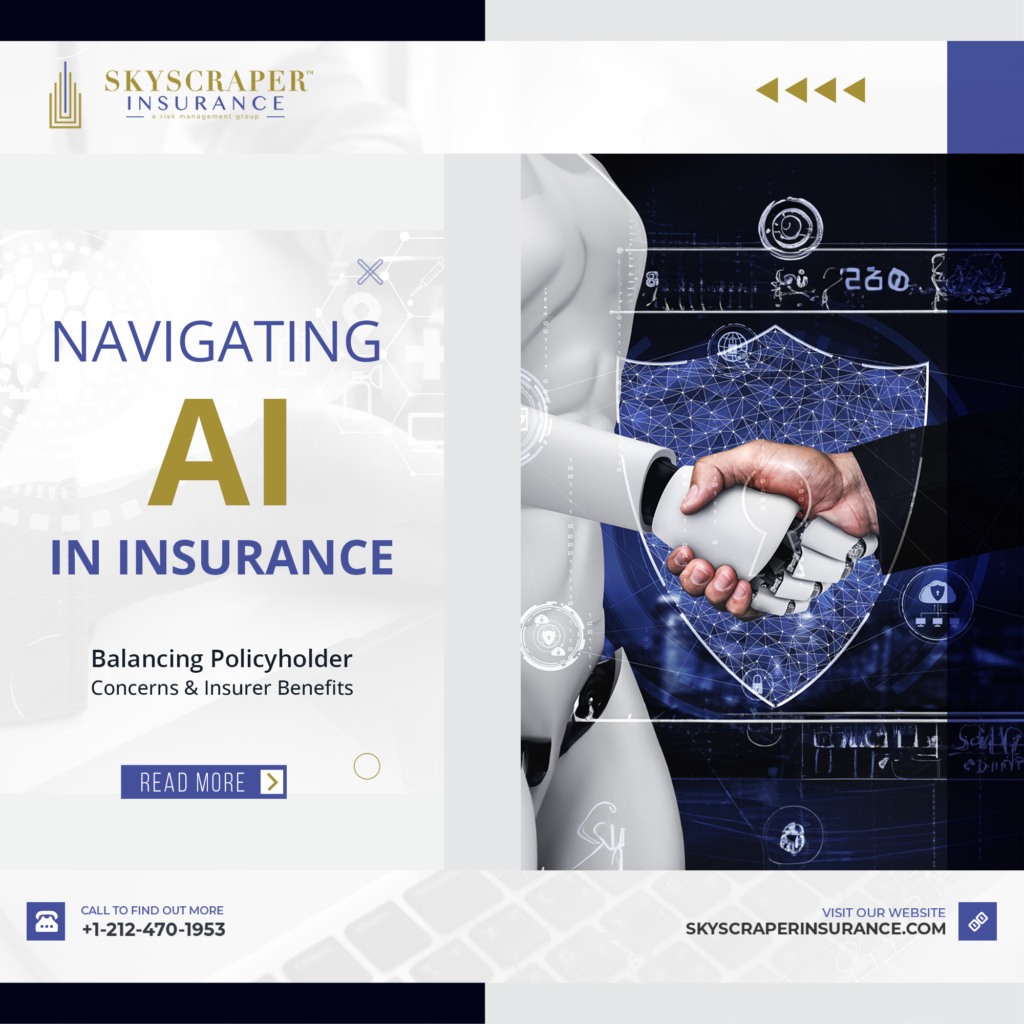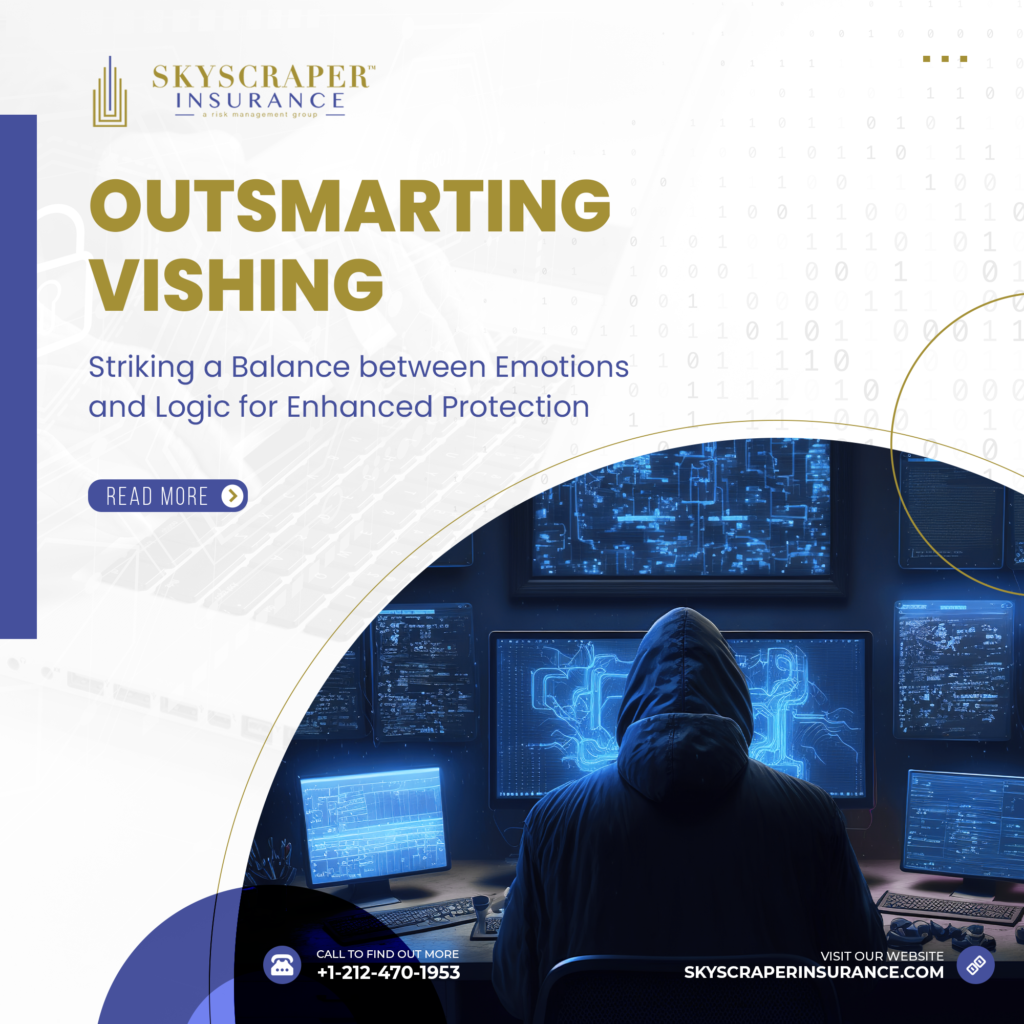Revolutionizing Retirement in the Insurance Industry: A Comprehensive Approach to Offboarding As the insurance industry braces for a historic wave of retirements, companies face the challenge of preserving decades of knowledge and experience. By 2028, approximately half of the insurance workforce is set to retire, coinciding with the retirement age of the baby boomer generation. This impending “baby boomer” retirement collapse presents a significant dilemma for companies, as they grapple with the loss of invaluable expertise. For years, retirement has been viewed as a long-awaited escape from the daily grind. However, many retirees find themselves adrift without the structure and purpose that work provides. This transition can be particularly challenging for insurance professionals who have dedicated their careers to the industry. The retirement journey for insurance professionals is evolving, requiring a fresh approach to ensure a smooth transition for both employees and employers. Introducing Retirement Journeys, a personalized pathway designed to guide insurance professionals through the transition out of the workforce. Developed collaboratively with each individual, Retirement Journeys prioritize the preservation of institutional knowledge while supporting employees in their transition to retirement. Understanding the Retirement Landscape For years now, the insurance industry has been inching toward a historic wave of retirement. From 2024 through 2027, more Americans will turn 65 years old than at any point in our country’s history. About 50% of the insurance industry workforce is in line to retire by 2028, and all of the baby boomers will be past the traditional retirement age by 2030. Many of these professionals are already planning their exit strategy. Retirement, however, is not always the idyllic journey it’s often portrayed to be. While some retirees embrace the newfound freedom, others struggle with the loss of identity and purpose that comes with leaving the workforce. This is particularly true for insurance professionals who have spent decades honing their skills and expertise in the industry. The Challenge for Companies The retirement of experienced professionals poses a significant challenge for companies. Losing key employees means losing valuable knowledge and expertise, which can have far-reaching implications for business continuity and succession planning. Companies must find ways to retain institutional knowledge while supporting retiring employees in their transition to retirement. Introducing Retirement Journeys To address the challenges of retirement in the insurance industry, a new approach is needed. Retirement Journeys offer a comprehensive framework for guiding employees through the transition process. Developed in collaboration with each individual, Retirement Journeys prioritize the well-being of employees while safeguarding the continuity of the organization. Key Components of Retirement Journeys 1. Cultivating a Safe Culture: Retirement Journeys begin with open conversations and detailed plans, fostering a culture where employees feel comfortable discussing their retirement plans. By involving employees in the decision-making process, companies can ensure a smooth transition and retain valuable knowledge. 2. Employee-Centric Approach: Once an employee decides to retire, the next step is to explore various pathways that align with their preferences and goals. Whether it’s reducing working hours, transitioning to a different role, or adjusting schedules, employees are given autonomy in shaping their retirement journey. 3. Engaging the Entire Team: Retirement Journeys benefit not only the retiring employee but also the entire team and organization. By gradually transitioning responsibilities and roles, companies can mitigate the impact of retirements and provide opportunities for career development to other team members. Case Studies – One retiree reduced their working schedule gradually over several months, allowing the organization to absorb their knowledge and responsibilities seamlessly.– Another employee shifted to a contractor role, providing valuable expertise until their retirement. The Benefits of Retirement Journeys Retirement Journeys offer a fresh approach to retirement in the insurance industry, enabling employees to embark on the next chapter of their lives with confidence while safeguarding the continuity of the organization. By engaging the entire team in the retirement process, companies can ensure a smooth transition and bridge any knowledge gaps that arise. Conclusion The retirement of experienced professionals presents both challenges and opportunities for the insurance industry. By embracing a comprehensive approach to retirement, companies can navigate this transition effectively while preserving institutional knowledge and supporting retiring employees in their journey to retirement.










